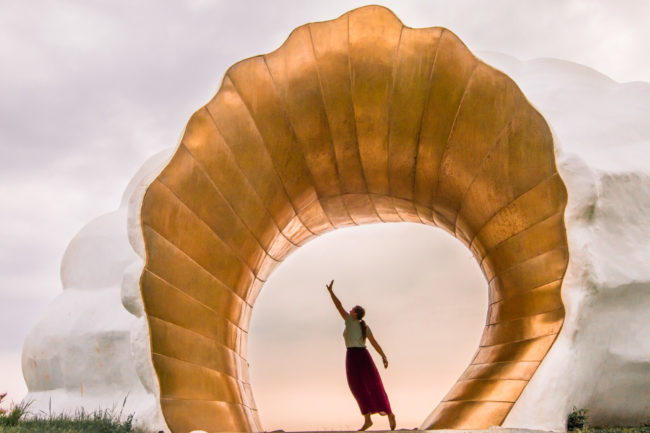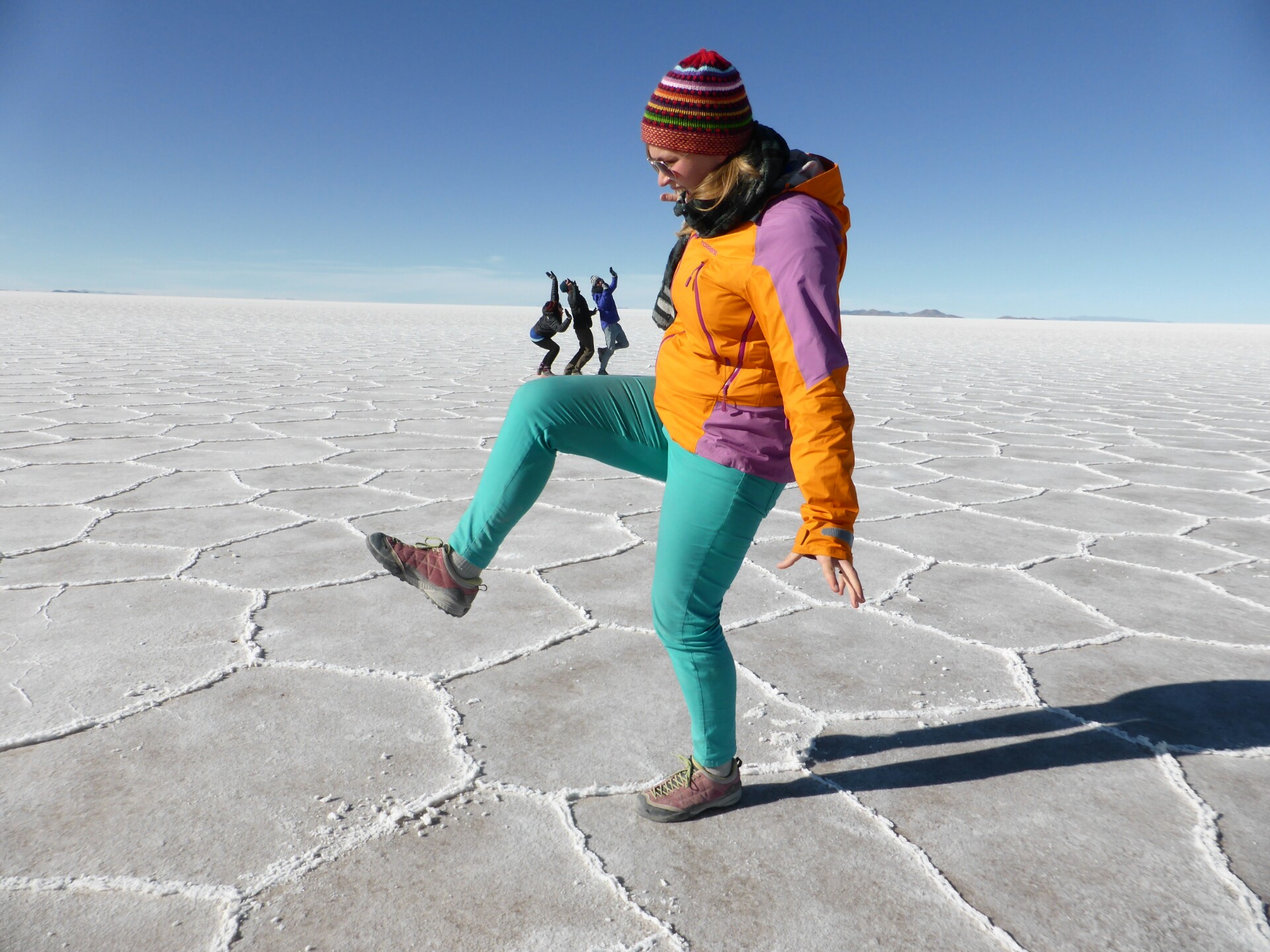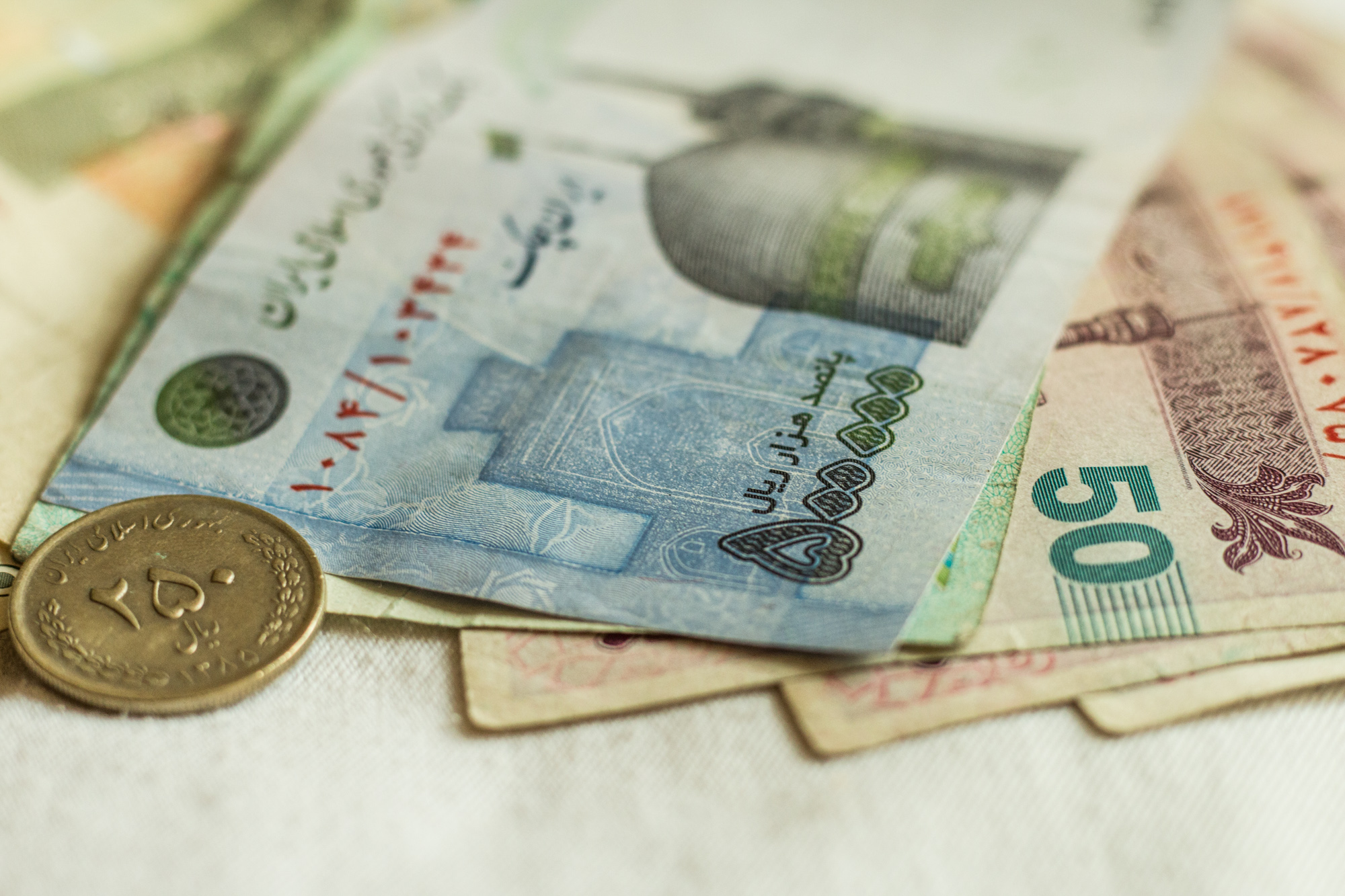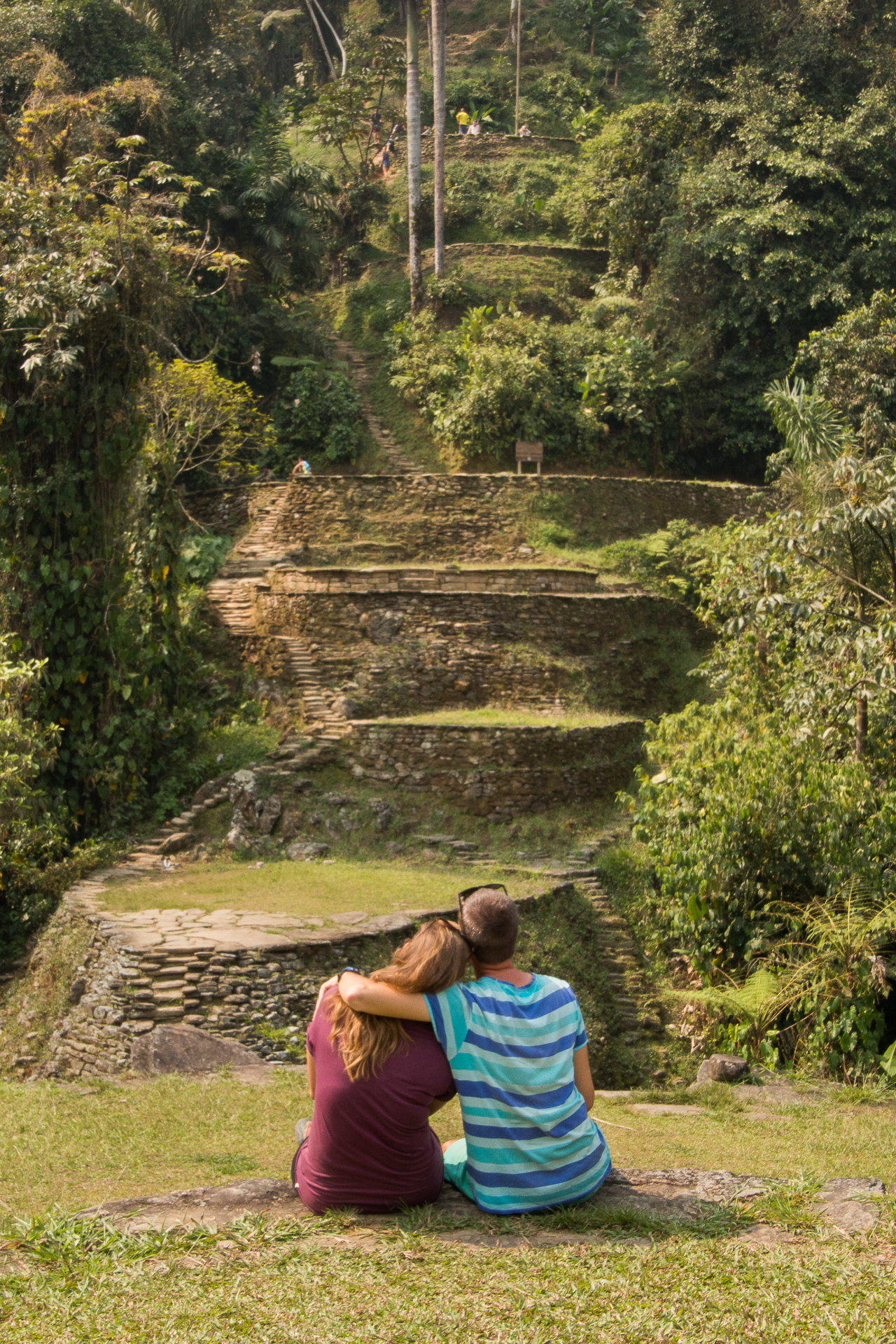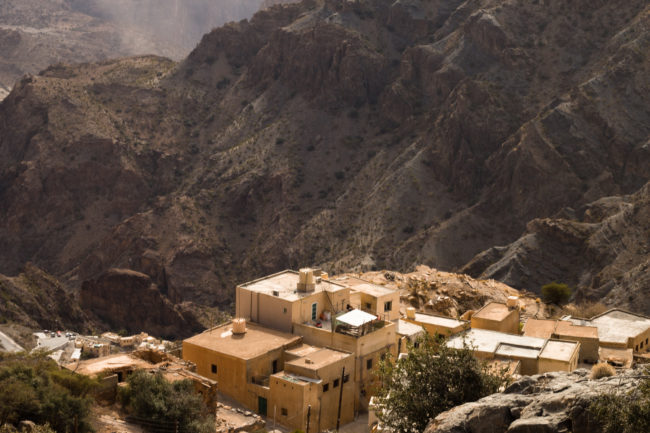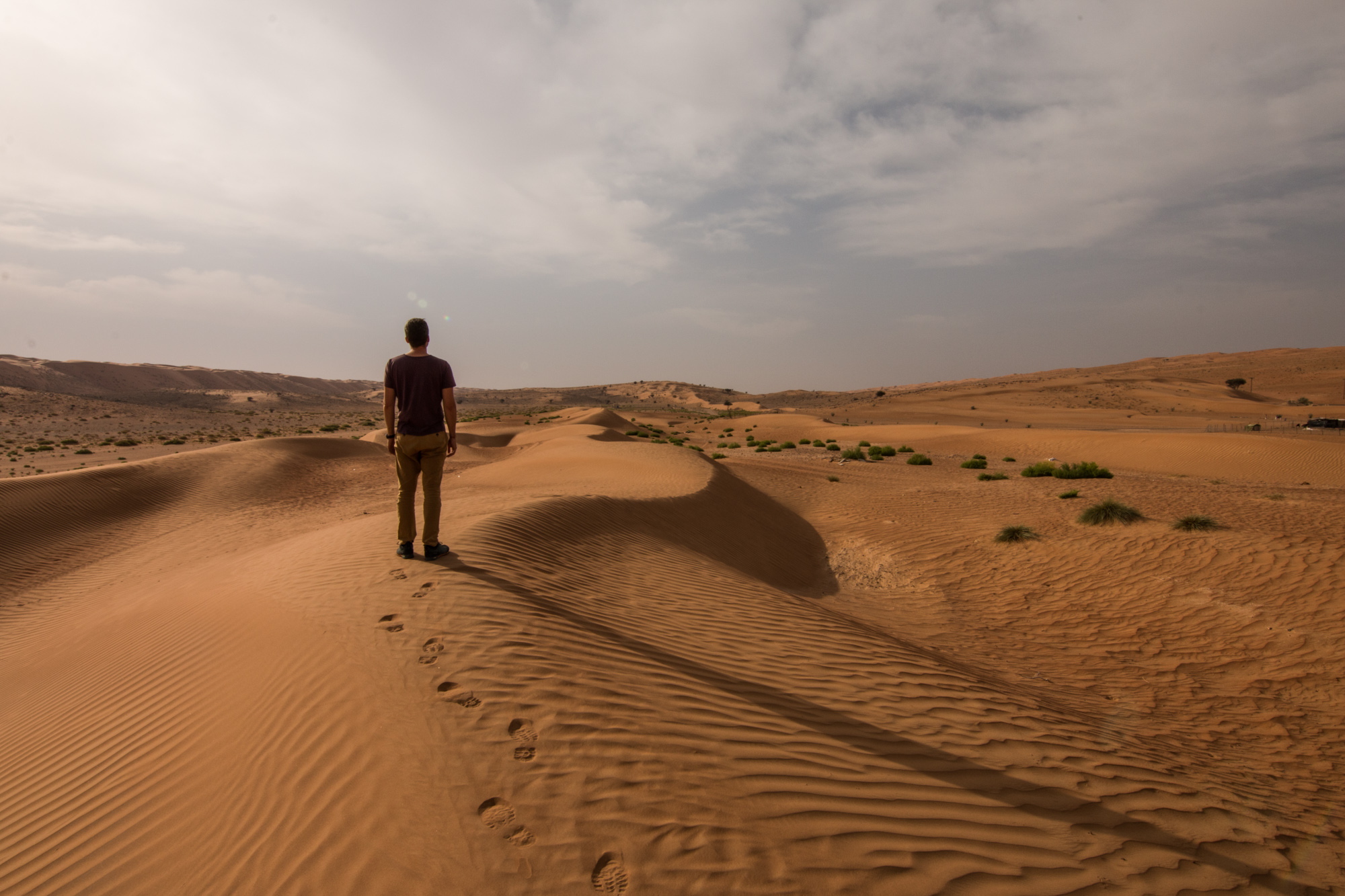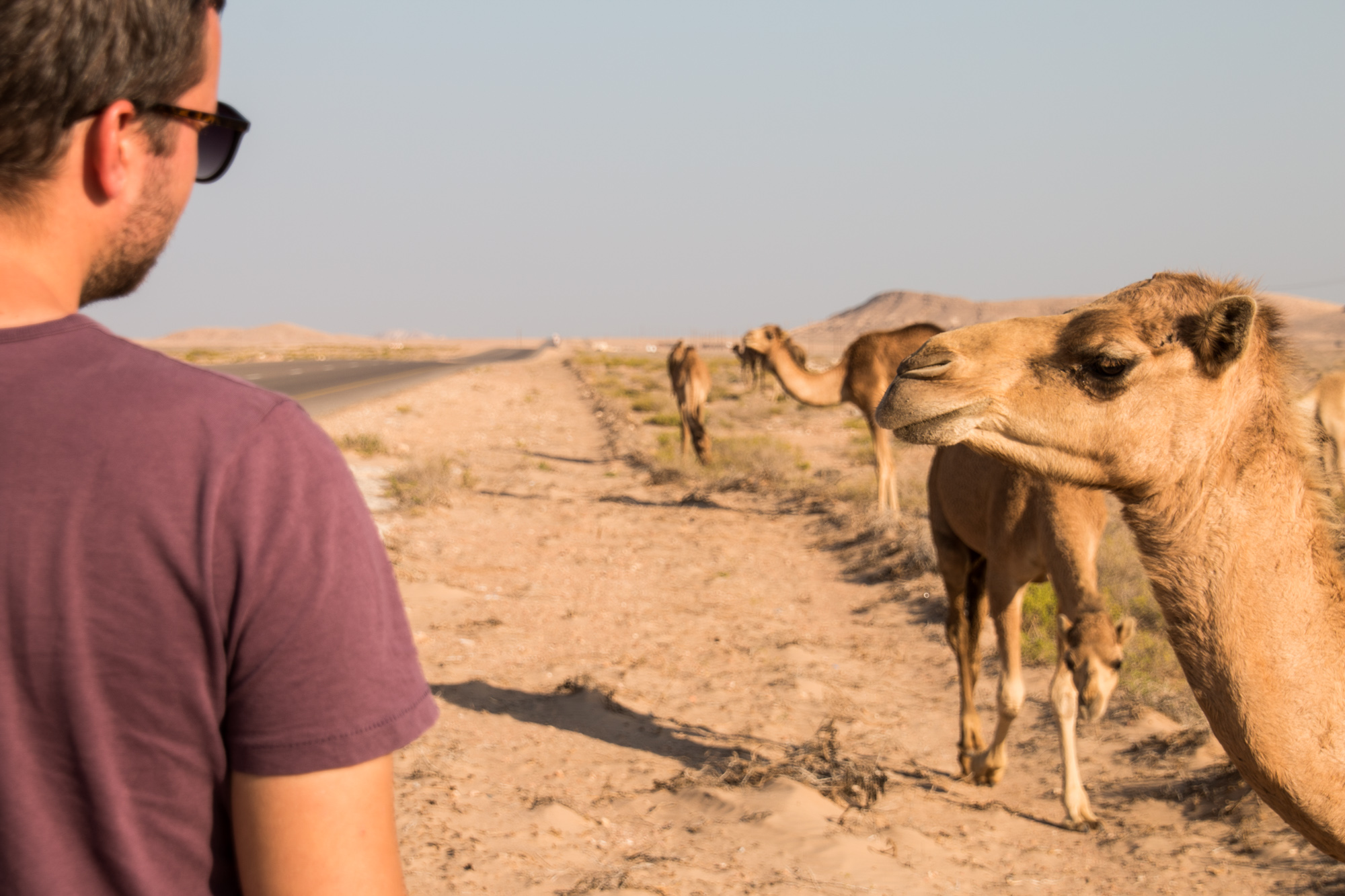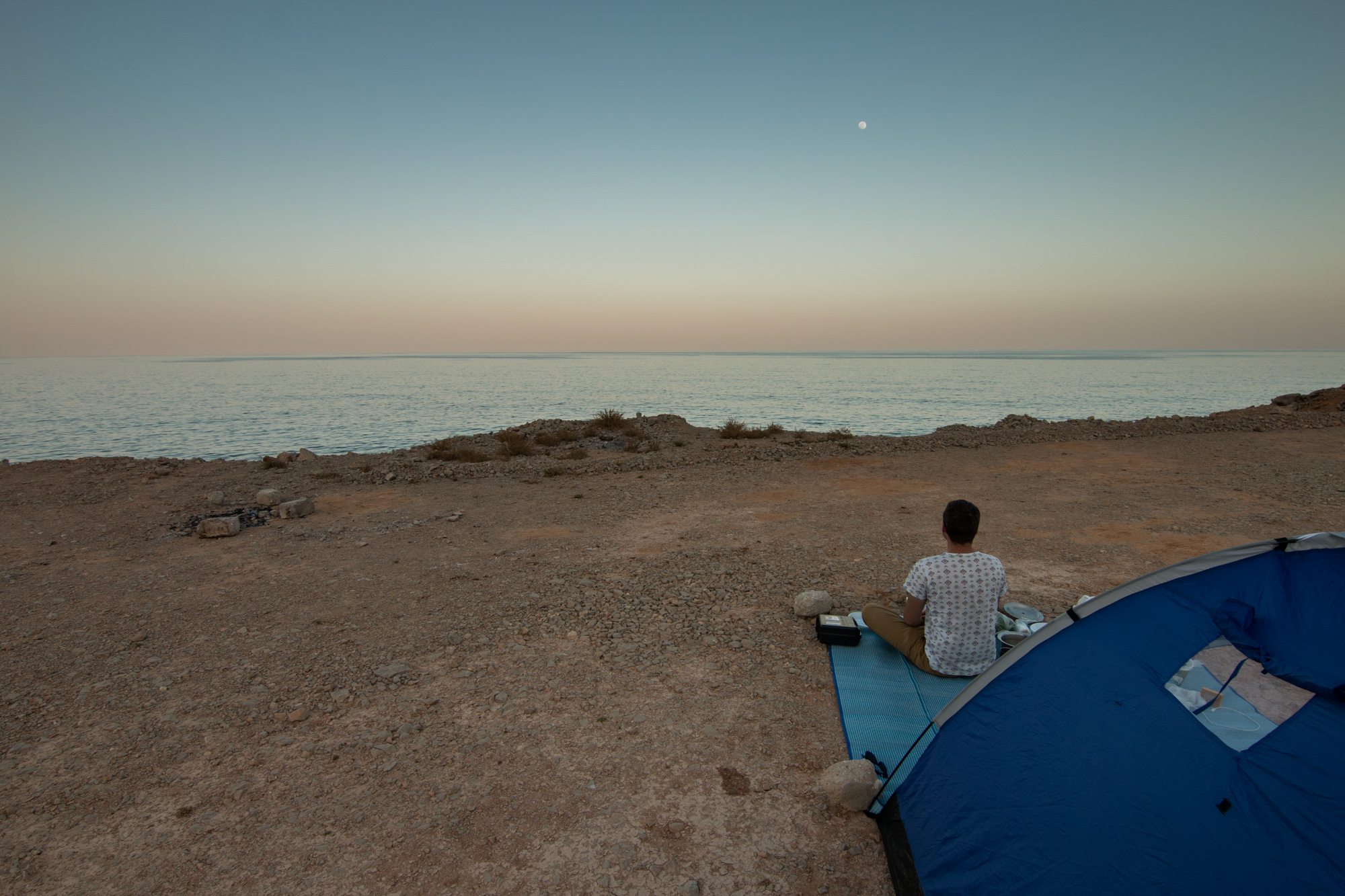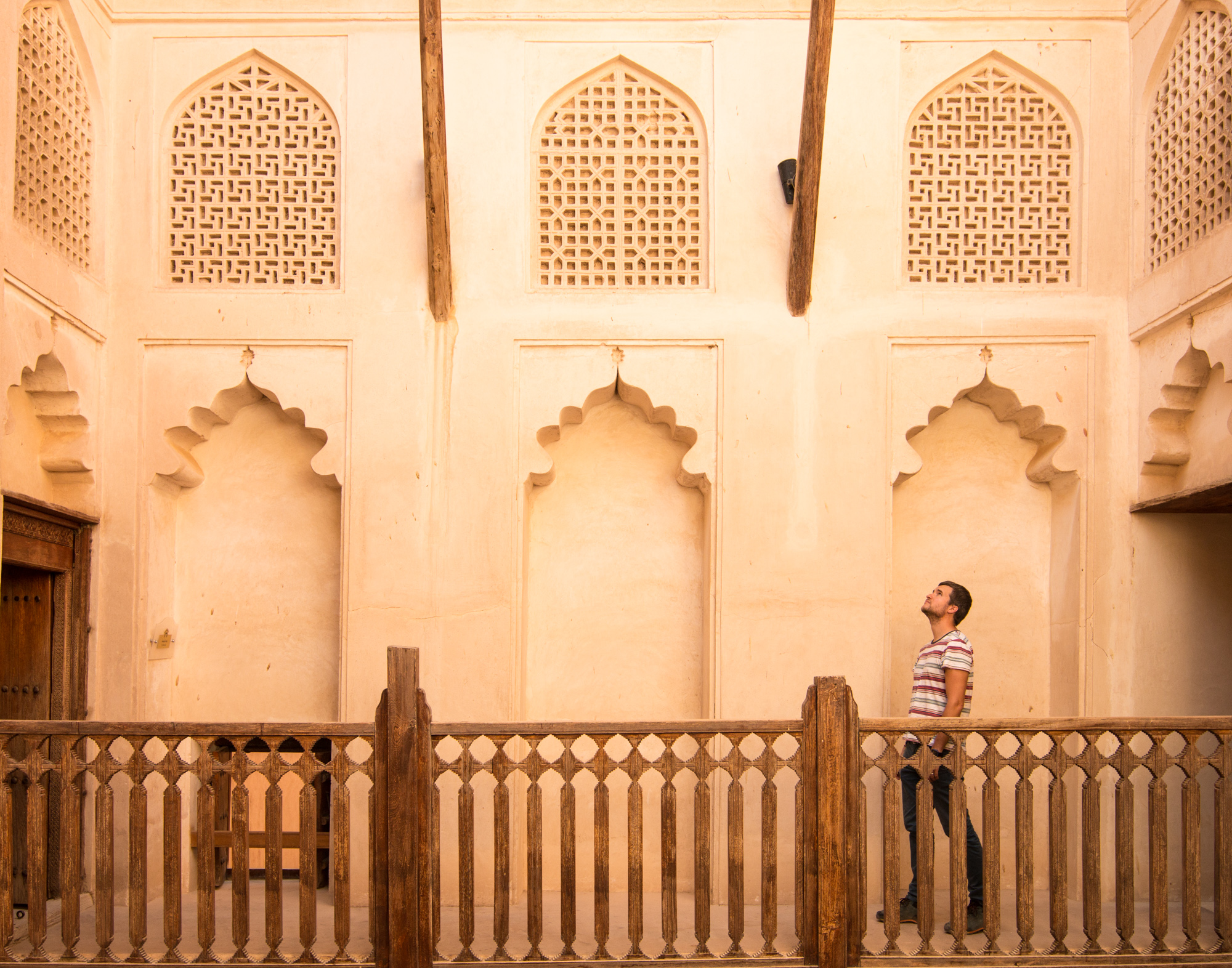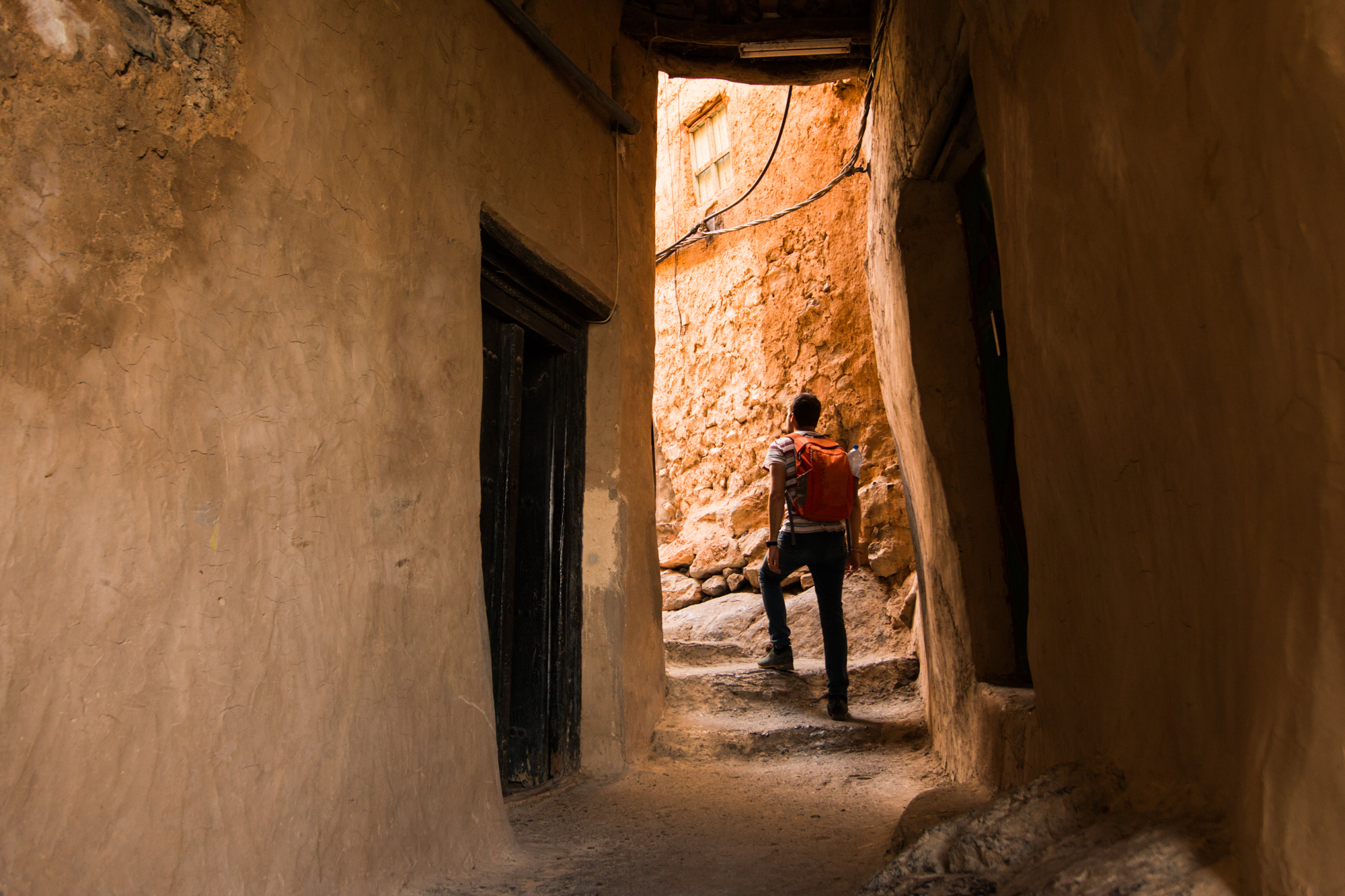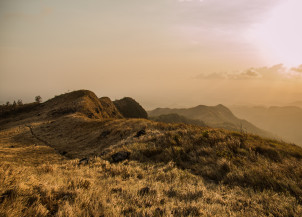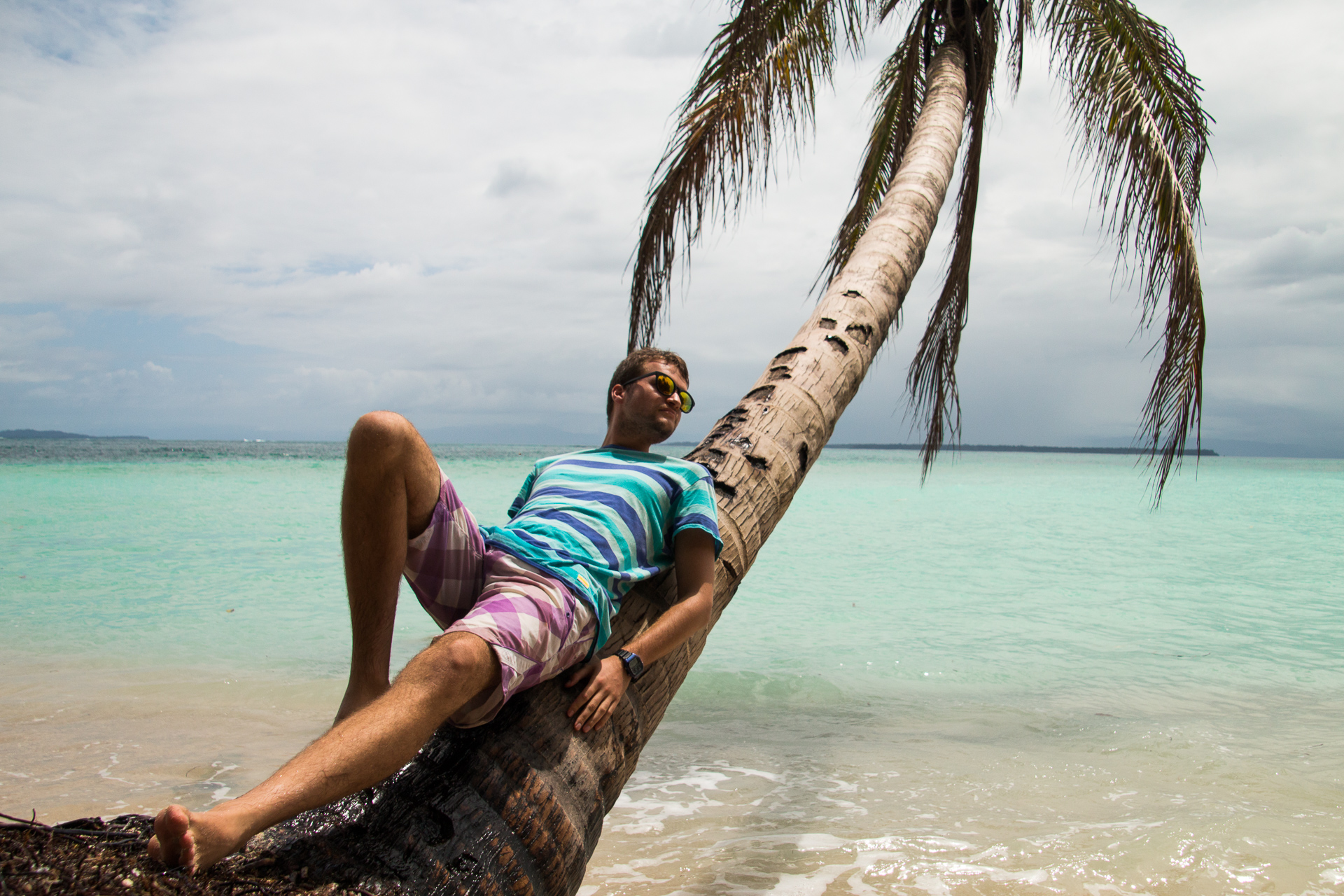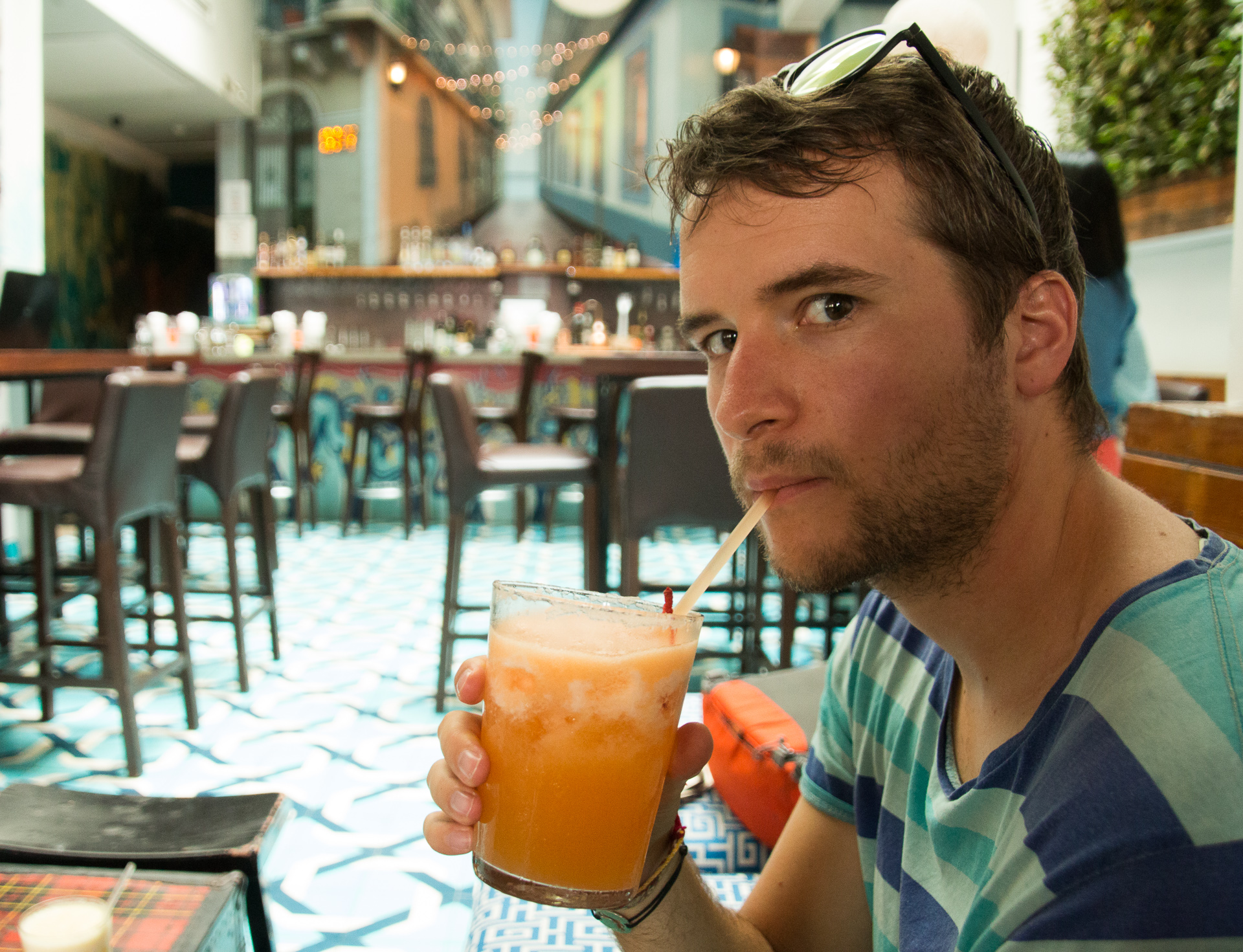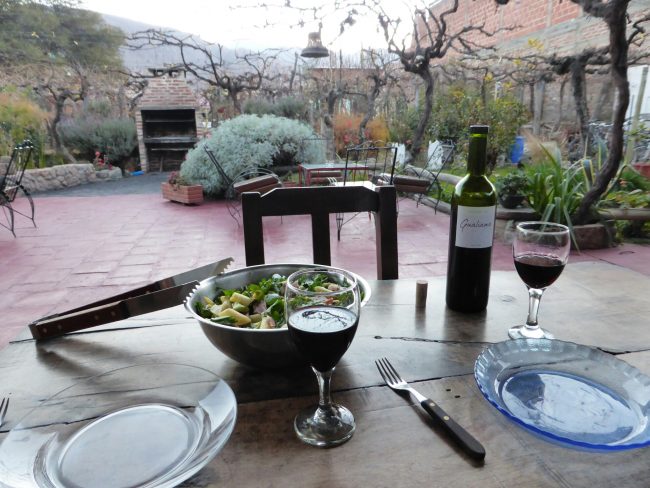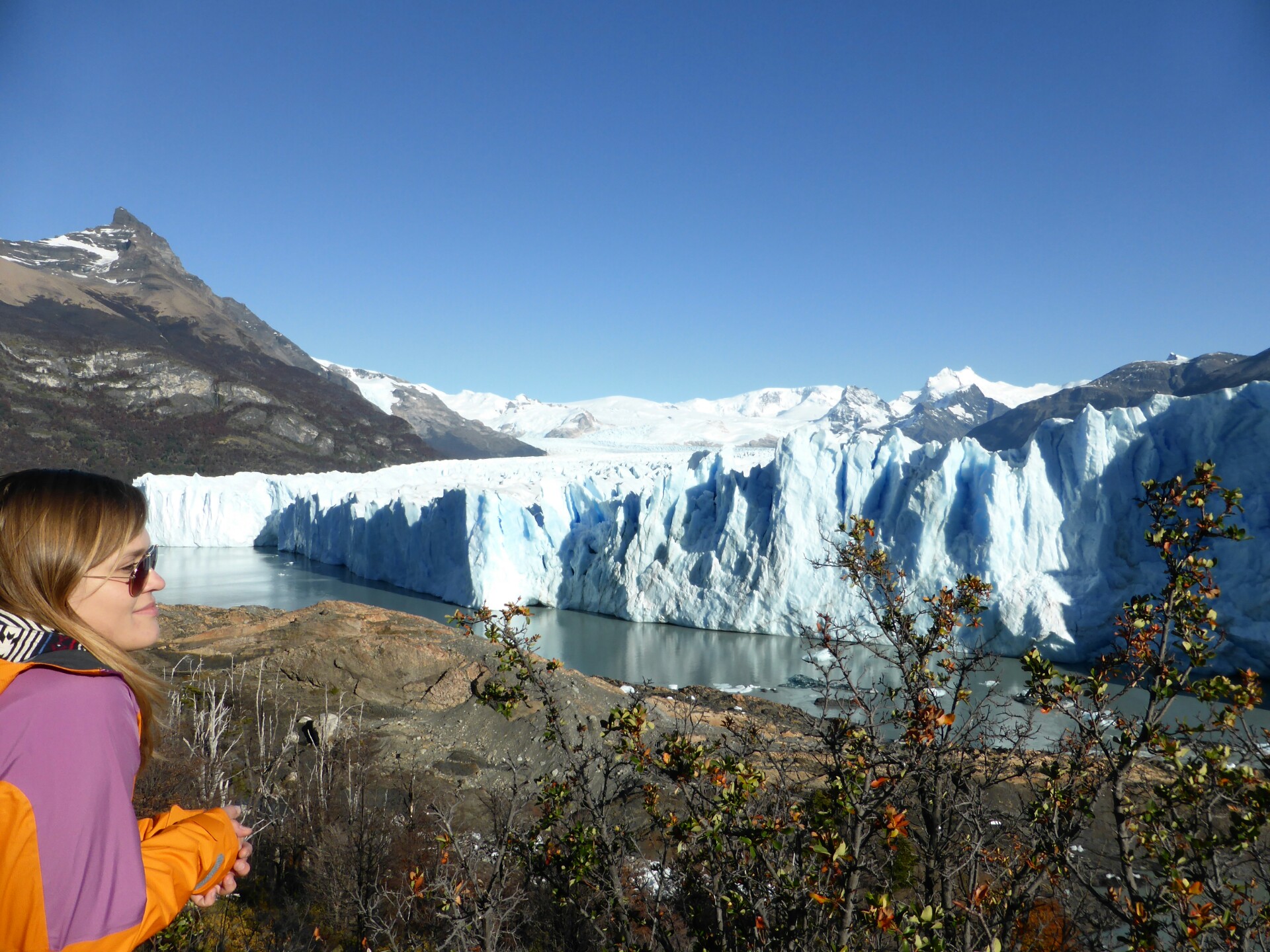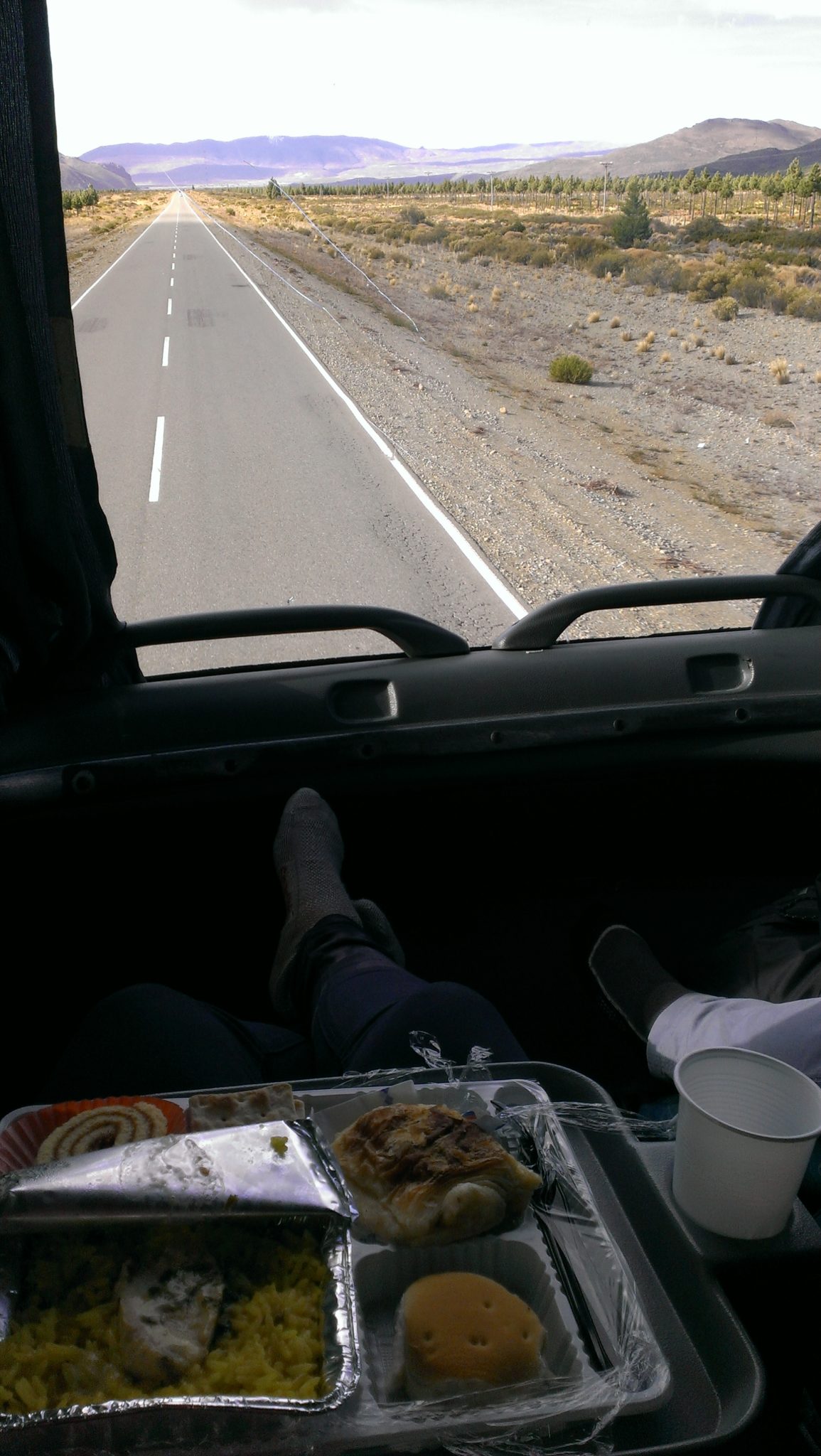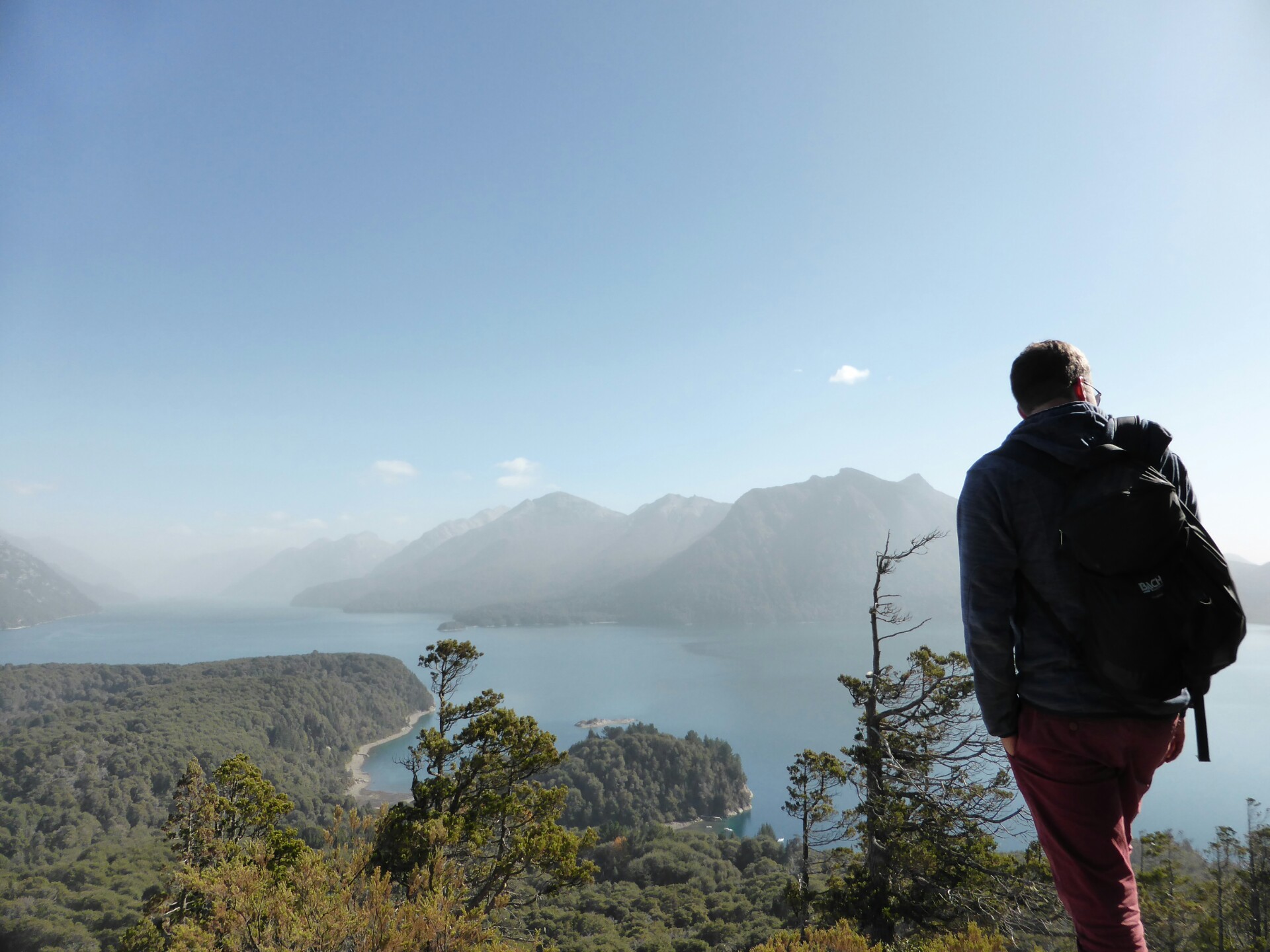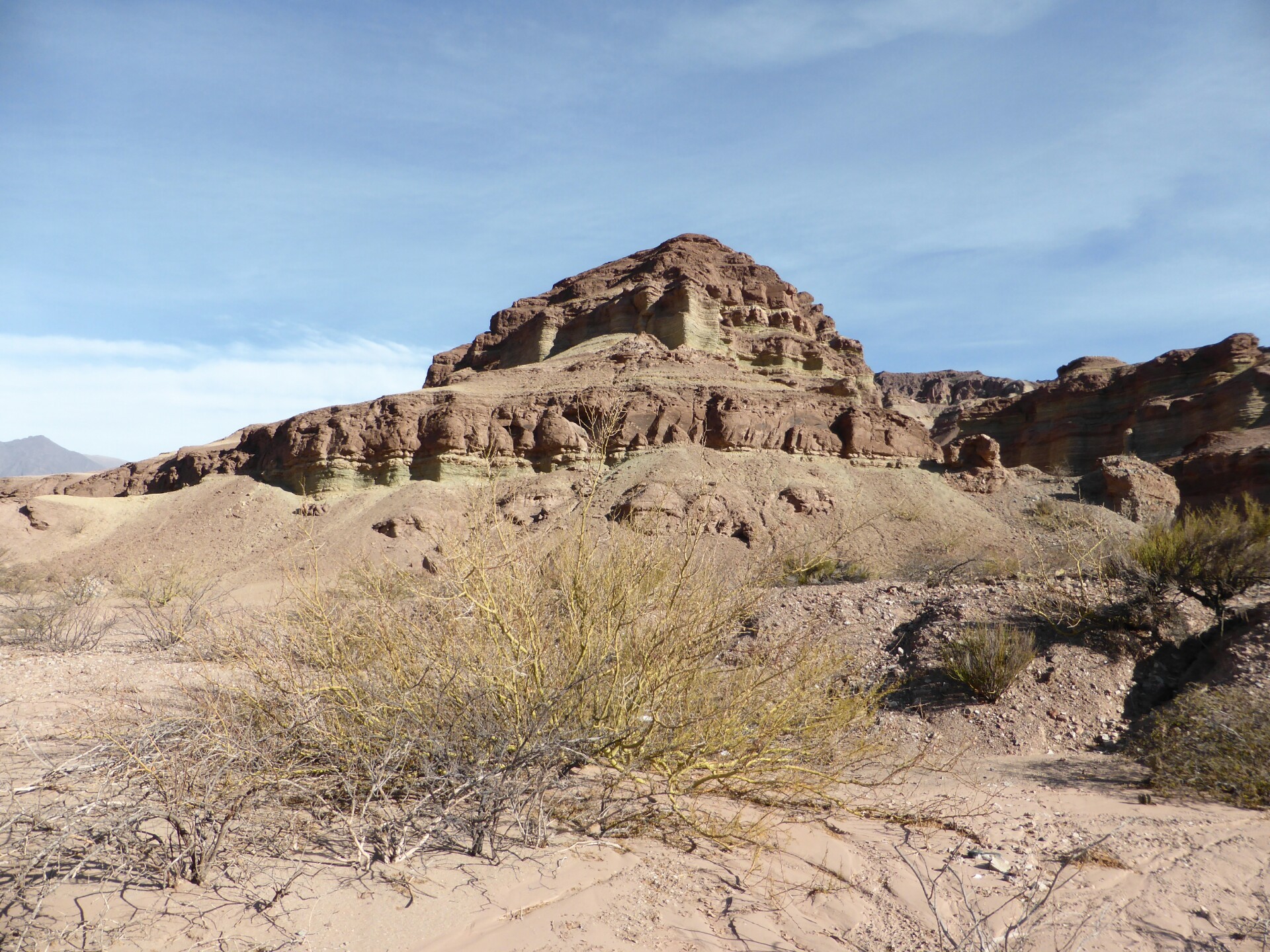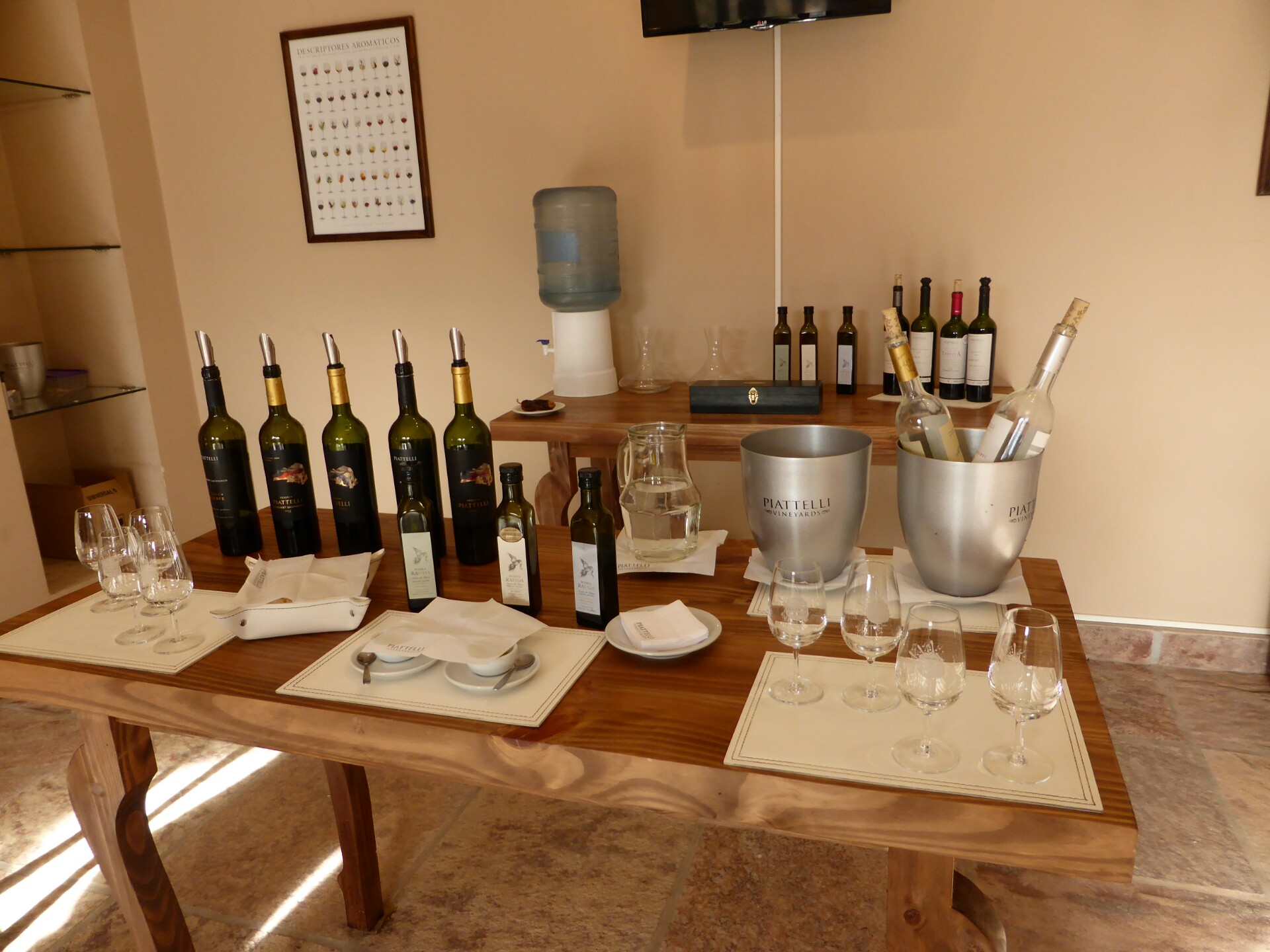We often get asked how it’s possible that we can travel for so long. Most people just want to hear that we are rich because then they can settle down and explain to themselves that they just can’t do it. That long-term traveling is just for those fortunate few.
It really is just for the fortunate few, but not the rich ones, but those who have the courage to leave everything behind and those who have the persistence to save up OR do whatever it takes.
To those few who have what it takes, a few tips.
So, how to figure out how much you have to save?
That’s the big question. When you search online for travel budgets they really go everywhere from 10 k to 100 k USD per year per person, depending on the style of travel. That’s a massive spread so how could you figure out how much you need?
It’s all about a mindset. Any amount of money is good enough to travel. Really any. But first you need to ask yourself some important questions…
What is your priority? Do you want to explore, visit, and see things?
Or do you need to travel in style, eat in fancy restaurants and sip champagne? If the answer is yes there is no way around it… the costs will be massive. Simple saving won’t cut it so you’d better marry well before you go.
But if you are willing to travel on a budget there will be many possibilities to cut the costs.
But you have to ask yourself: how much are you willing to sacrifice?
Can you sleep in dorms?
Can you volunteer?
Do you have any specific skills that you can trade? Maybe you can take pictures or you can teach English? Or translate?
Are you open to cook or do you want to eat out?
Be honest with yourself. We met a few hardcore people who only ate rice and whatever other people left and volunteered the whole time. Like this you can travel for a very, very long time. But is it fun? Is it what you really want to do?
We approached our journey thinking we wanted to be on a budget but also enjoy. We wanted to eat out every now and then but mostly cook. We didn’t mind sleeping in dorms but we wanted to stay in nice hostels, not in shabby, forgotten places (although that also occurred), we wanted to have adventure but also some peace. Sometimes we even did a bit of luxury, other times we volunteered or traded our skills. Our budget has been very moderate. During the 368 days we stayed in South America we spent 24 938 euro for both of us. You can visit the budget section for the exact costs of each country.
Could it be cheaper? Yes, of course. It could also be more expensive.
But it gives you an idea of how much you need and a mindset you need. If you don’t have that kind of money, you can volunteer more, splurge less, sleep in dorms more often and maybe even camp.
How to save it?
Now that you have an idea of the budget you need and you’re sure you really want to do it. How can you save all that money?
It really is all about the small things. First of all set up a spreadsheet of ALL your spendings during the week. That’s what we did. Track every single penny you spend. At the end of the week, analyze it.
Do you buy lunch at work? It’s cheaper to make sandwiches at home
Do you pay for plastic bags at the supermarket? It saves money to bring your own.
Did you pass by a local café to buy some coffee on the way to work? You can drink one at home before you go.
Did you go out for drinks? You can buy a bottle of wine and invite friends home
Is your rent super expensive because you live in the center? Maybe you can move to the suburbs?
There really isn’t any remedy that will make this money magically appear. It takes those tiny sacrifices to achieve it.
Second thing is to go through your things. Do you really wear that pair of jeans? Do you use that DVD player that you have in the closet? Think about it. Leaving on a big adventure, you won’t take all of that with you. Storage place costs money and it’s useless to store stuff you don’t even use. We sold what we didn’t want anyway and some other things we didn’t want to store. And you know what… Now that we think about it, we wish we sold even more of our stuff.
About us
So many people search for excuses not to try hard enough for their own dreams. So many think that we won a lottery or we were just rich to begin with. Well nope. We also didn’t have absolutely amazing jobs that paid thousands. We just had a mindset of people that don’t spend that much. We worked in Amsterdam but decided to live in Volendam because we were not willing to spend double the price to live in the center of it all. We always repaired our clothes rather than bought new ones.
Don’t get me wrong. We went out with friends, had a few drink, went for weekends away and vacation. We love enjoying life but all in moderation. Especially when we decided to leave everything and travel.
Being Polish I know that it all depends on the country where you live. It’s not the same saving up Polish zloty or euros. But it’s still doable if you really want it. And having a EU passport means you can chose where you want to live. Which we often forget.
